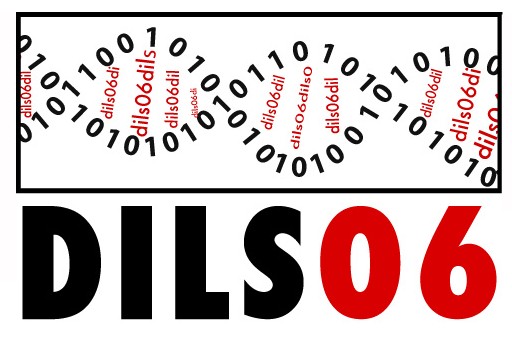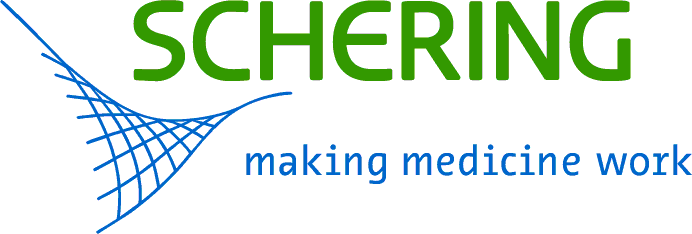
We are happy to announce two distinguished speakers who
will give keynote presentations at DILS 2006.
Sponsored by 
|
Sarah E Knoop - IBM Healthcare Information Management
IBM Almaden Research Center, 650
Harry Rd, San Jose, CA 95120
Towards a National Healthcare Information Infrastructure
Many countries around the world have placed an increased focus on the need to modernize their healthcare information infrastructure. This is particularly challenging in the United States. The U.S. healthcare industry is by far the largest in the world in both absolute dollars and in percentage of GDP (>$1.7T - 15% of GDP). It is also quite fragmented and complex. This complexity, coupled with an antiquated infrastructure for the collection of and access to medical data, leads to enormous inefficiencies and sources of error. Driven by consumer, regulatory, and governmental pressure, there is a growing consensus that the time has come to modernize the US Healthcare Information Infrastructure (HII). A modern HII will provide care givers with better and timelier access to data. The launch of a National Health Infrastructure Initiative (NHII) in the US in May 2004 - with the goal of providing an electronic health record for every American within the next decade- will eventually transform the healthcare industry in general...just as I/T has transformed other industries in the past. While such transformation may be disruptive in the short term, it will in the future significantly improve the quality, efficiency, and successful delivery of healthcare while decreasing costs to patients and payers and improving the overall experiences of consumers and providers. The key to this successful outcome will be based on the way we apply I/T to healthcare data and to the services delivered through that I/T. This must be accomplished in a way that protects individuals, allows competition, but gives caregivers reliable and efficient access to the data required to treat patients and to improve the practice of medical science.
In this talk we will describe the IBM Research HII project and our implementation of the standards for interoperability. We will also discuss how the same infrastructure required for interoperable electronic patient records must support the needs of medical science and public health. This can be accomplished by building higher level services upon a National Health Information Network, including discovery services for medical research and data mining and modeling services to protect populations against emerging infectious disease.
Victor Markowitz - LBNL Biological Data Management and Technology
An Application Driven Perspective on Biological Data IntegrationData integration is an important part of biological applications that acquire data generated using evolving technologies and methods or involve data analysis across diverse specialized databases that reflect the expertise of different groups in a specific domain. The increasing number of such databases, the emergence of new types of data that need to be captured, as well as the evolving biological knowledge add to the complexity of already challenging integration problems. Furthermore, devising solutions to these problems requires technical expertise in several areas, such as database management systems, database administration and software engineering, as well as data modeling and analysis.
In practice, biological data integration is less daunting when considered in the context of scientific applications that address specific research questions. Established technologies and methods, such as database management systems, data warehousing tools, and statistical methods, have been employed successfully in developing systems that address such questions. The key challenge is marshaling the scientific and technical expertise required for formulating research questions, determining the integrated data framework for answering them, and addressing the underlying data semantics problems.
Evidence suggests that an iterative strategy based on gradually accumulating domain specific knowledge throughout the integration process is effective in devising solutions for application specific biological data integration problems. This strategy will be discussed in the context of two recently developed integrated genome systems, IMG (http://img.jgi.doe.gov) and IMG/M (http://img.jgi.doe.gov/m).





